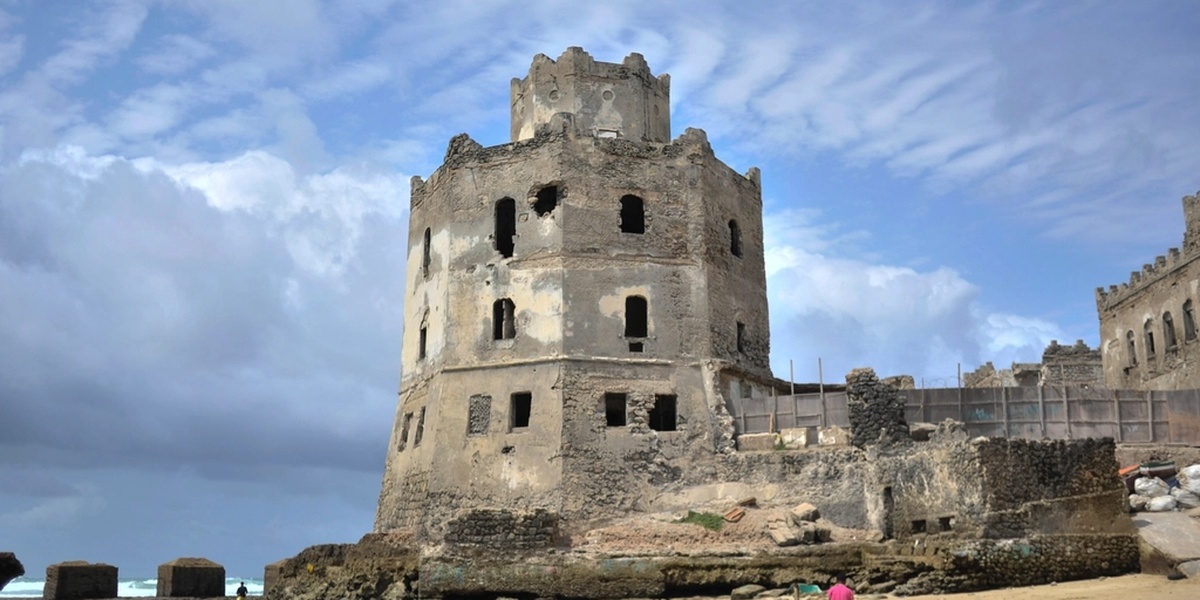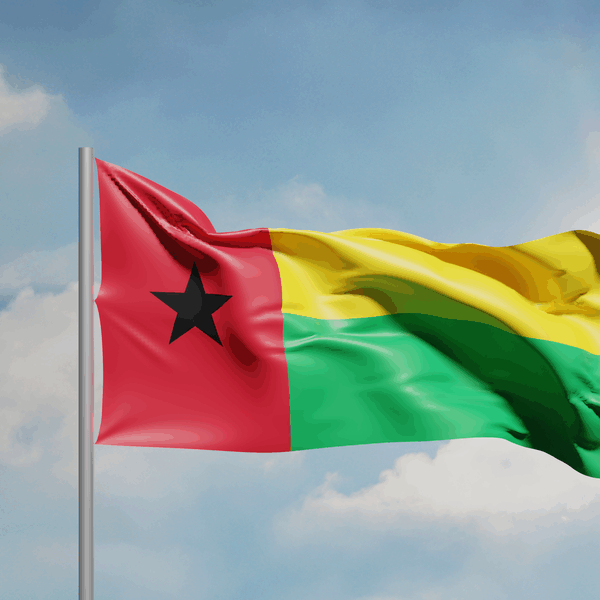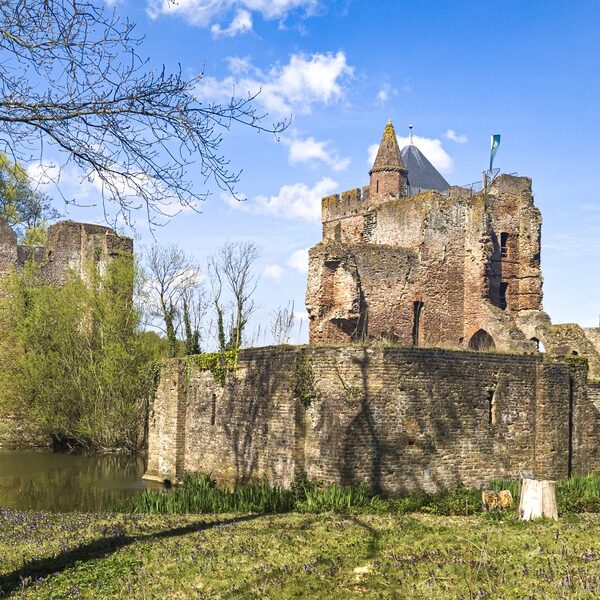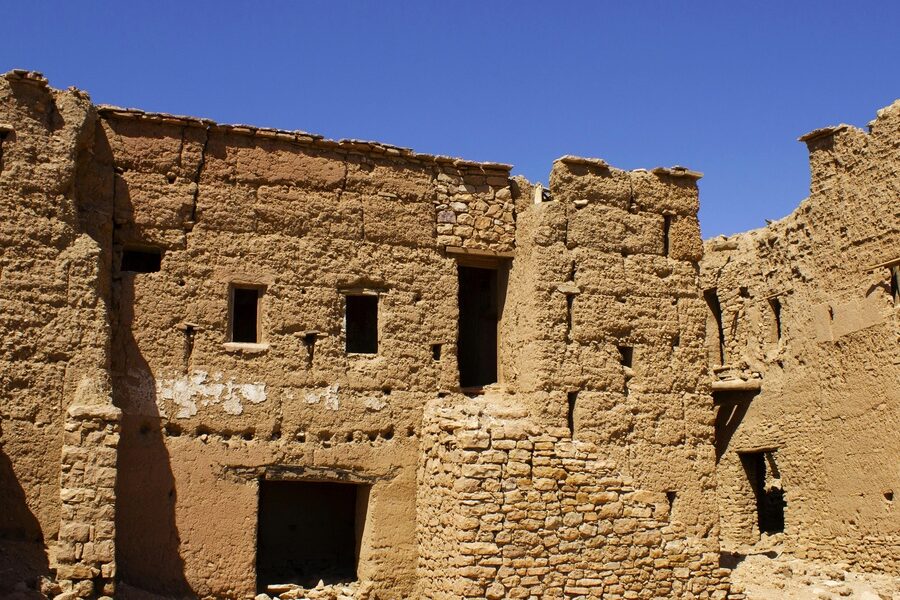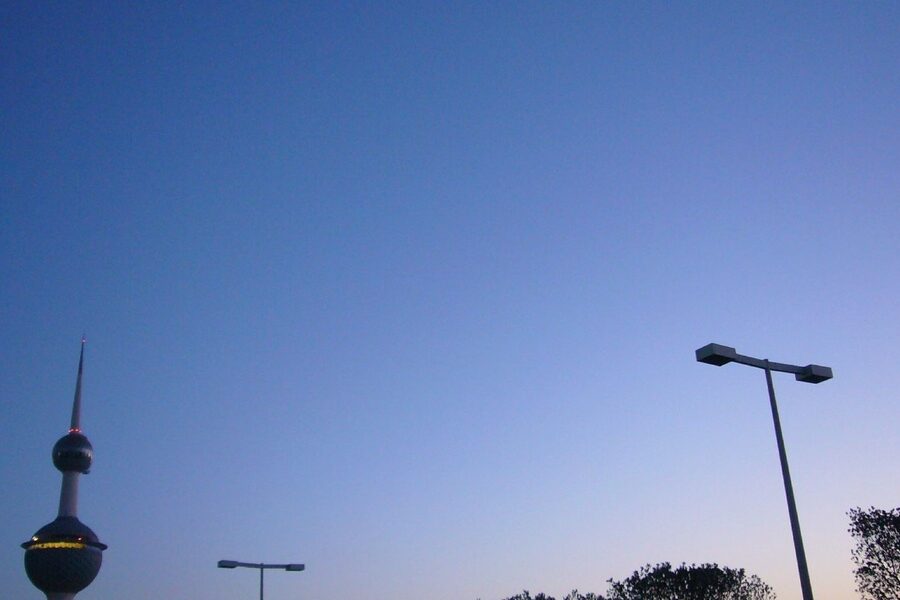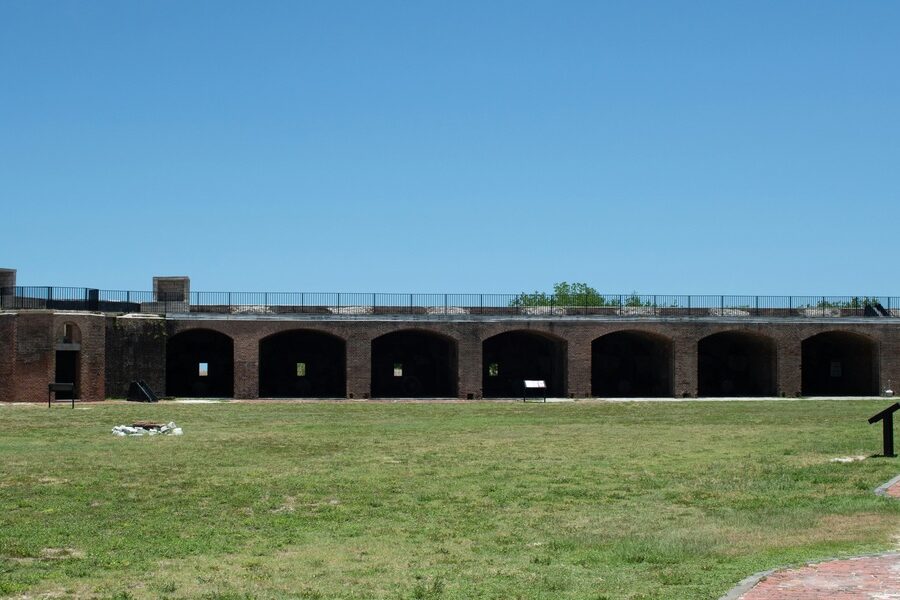Somalia’s coastline and interior hold layers of history, from ancient port towns to inland stone settlements shaped by trade, faith and empire. Walking through these sites — whether near dunes, cliffs or river valleys — you can see how local communities and foreign visitors left traces that archaeologists and historians still study today.
There are 33 Ruins in Somalia, ranging from Abasa to Zeila (Saylac). For each site you’ll find below Region,Coordinates (lat, long),Period/Date so you can quickly sort locations, map them, or compare eras; the list is meant to be a practical reference you’ll find below.
How reliable are the coordinates and dating for these sites?
Coordinates are compiled from published surveys and satellite data but can be approximate for lesser-studied sites; period assignments often rely on pottery, inscriptions, or architectural style and may be updated by new research, so treat entries as a starting point and check recent sources for precise work.
Can I visit these ruins, and what should I prepare?
Access varies widely—some ruins are near towns and accessible, others are remote or in areas with security or land-access restrictions; before visiting, confirm current local conditions, obtain any permissions, hire local guides, and respect preservation rules and community wishes.
Ruins in Somalia
| Name | Region | Coordinates (lat, long) | Period/Date |
|---|---|---|---|
| Laas Geel | Maroodi Jeex, Somaliland | 9.77, 44.47 | 5,000–3,500 BCE |
| Taleh | Sool, Somaliland/Puntland | 9.15, 48.37 | Early 20th c. |
| Zeila (Saylac) | Awdal, Somaliland | 11.35, 43.47 | Medieval (9th–16th c.) |
| Dhambalin | Sahil, Somaliland | 10.40, 45.92 | 5,000–3,000 BCE |
| Hafun | Bari, Puntland | 10.42, 51.27 | Ancient (1st c. BCE–5th c. CE) |
| Gondershe | Lower Shabelle, South Somalia | 1.83, 45.12 | Medieval (13th–17th c.) |
| Iskushuban | Bari, Puntland | 10.29, 50.23 | Medieval (Majeerteen Sultanate) |
| Maduna | Sanaag, Somaliland | 10.75, 47.28 | Medieval |
| Barawa (Brava) | Lower Shabelle, South Somalia | 1.11, 44.03 | Medieval (10th–19th c.) |
| Amud | Awdal, Somaliland | 10.42, 43.25 | Medieval |
| Qandala | Bari, Puntland | 11.47, 49.87 | Ancient/Medieval |
| Abasa | Awdal, Somaliland | 10.97, 43.15 | Medieval (Adal Sultanate) |
| Merca | Lower Shabelle, South Somalia | 1.71, 44.77 | Medieval (10th–19th c.) |
| Avaale | Sanaag, Somaliland | 10.70, 47.20 | Medieval |
| Heis (Xiis) | Sanaag, Somaliland | 10.92, 46.99 | Ancient (Roman era) |
| Damo | Bari, Puntland | 11.97, 51.13 | Ancient |
| Fardaxaad | Sanaag, Somaliland | 11.08, 48.06 | Medieval |
| Botiala | Bari, Puntland | 11.23, 50.68 | Early Modern (19th c.) |
| Maydh | Sanaag, Somaliland | 10.95, 47.11 | Ancient/Medieval |
| Shanghai Old City (Hamar Weyne) | Banaadir, South Somalia | 2.03, 45.33 | Medieval (13th–19th c.) |
| Las Khorey | Sanaag, Somaliland/Puntland | 11.16, 48.20 | Early Modern |
| Wargaade Wall | Galguduud, South Somalia | 5.20, 46.50 | Medieval (Ajuuraan Sultanate) |
| Jilib Rihin | Togdheer, Somaliland | 9.90, 45.90 | Neolithic |
| Dardah (Daradax) | Sanaag, Somaliland | 10.90, 47.90 | Medieval |
| Dhaymoole | Sanaag, Somaliland | 10.50, 47.10 | Prehistoric |
| Hannassa | Lower Juba, South Somalia | -0.20, 42.50 | Medieval |
| Elafo | Bari, Puntland | 10.99, 49.98 | Medieval |
| Quracbil | Sanaag, Somaliland | 10.70, 47.40 | Medieval |
| Nimmo | Banaadir, South Somalia | 1.95, 45.20 | Medieval |
| Masagaweyn | Galguduud, South Somalia | 4.30, 46.00 | Medieval |
| Galweita | Awdal, Somaliland | 10.80, 43.10 | Medieval |
| Mudun | Sanaag, Somaliland | 10.80, 47.60 | Medieval |
| Dhaqa Kibir | Sanaag, Somaliland | 10.60, 47.30 | Medieval |
Images and Descriptions

Laas Geel
A world-famous rock art site featuring some of Africa’s oldest and best-preserved cave paintings. The vibrant panels depict ceremonial cattle, humans, and wild animals. The site is in excellent condition and accessible via guided tours from Hargeisa.
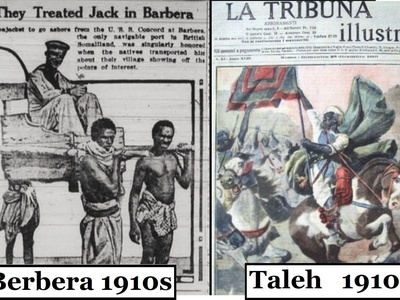
Taleh
The Dervish State’s capital, a complex of forts built by Sayid Mohammed Abdullah Hassan. A symbol of anti-colonial resistance, its main structures are partially intact despite damage from British aerial bombing. It is a candidate for UNESCO World Heritage status.
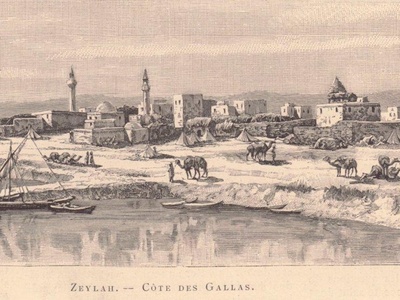
Zeila (Saylac)
The ancient port capital of the Adal Sultanate. Once a bustling hub of trade, the old city now consists of atmospheric ruins of coral stone mosques, Ottoman-era houses, and tombs. A must-see for those interested in medieval Islamic history.
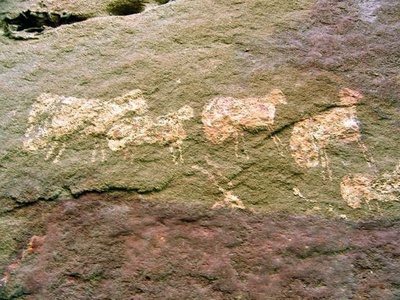
Dhambalin
An important rock art site near the coast, notable for containing the earliest known depiction of sheep in the Horn of Africa. The paintings also show pastoral scenes with cattle, goats, and giraffes. It is less visited but as significant as Laas Geel.
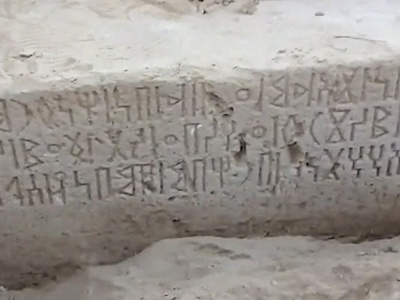
Hafun
Identified as the ancient port of Opone from the “Periplus of the Erythraean Sea.” Archaeological finds of Roman, Persian, and Egyptian pottery confirm its role as a key hub in ancient Indian Ocean trade networks. Ruins are scattered across the peninsula.
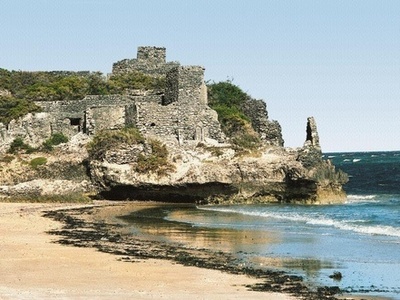
Gondershe
A picturesque medieval stone city on the southern coast. Known for its well-preserved coral stone houses, unique pillar tombs, and mosques, it offers a glimpse into Somalia’s historic Swahili coastal culture. Access can be limited due to security conditions.
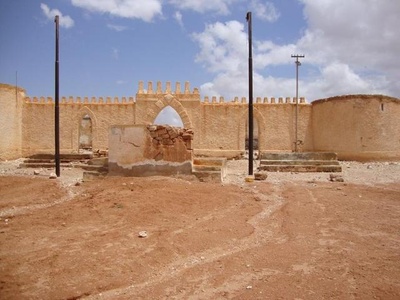
Iskushuban
The site is dominated by the imposing ruins of a large stone fort built during the Majeerteen Sultanate. This fortress served as a key administrative and defensive center for the region. The ruins are a major local historical landmark.
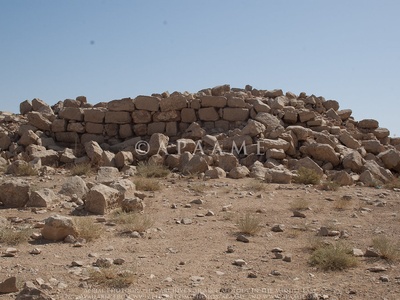
Maduna
One of the largest ruined cities in Somalia. This extensive archaeological site features the remains of a walled city with a grand mosque, hundreds of multi-roomed houses with courtyards, and tombs from the Adal Sultanate era.
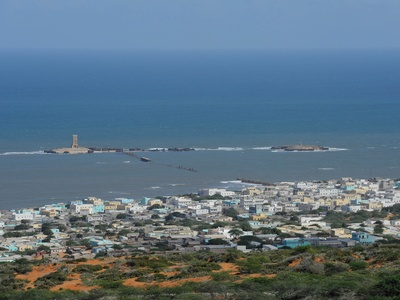
Barawa (Brava)
One of southern Somalia’s ancient Swahili coastal cities. The historic old town contains the ruins of distinctive stone houses and mosques, reflecting a rich history of maritime trade and Islamic scholarship. Security in the area can make visits challenging.

Amud
A ruined city thought to be a precursor to modern Borama. The site features the remains of over 200 stone houses, a large mosque, and paved streets, indicating it was an important center of learning and trade in medieval times.
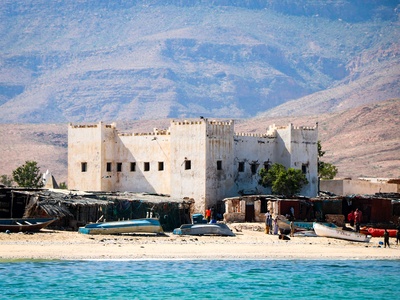
Qandala
An ancient port town identified by some as the Ptolemaic emporium of Psygmus. The area contains ruins of stone buildings and fortifications from various eras, reflecting its long history as a strategic maritime center on the Gulf of Aden.
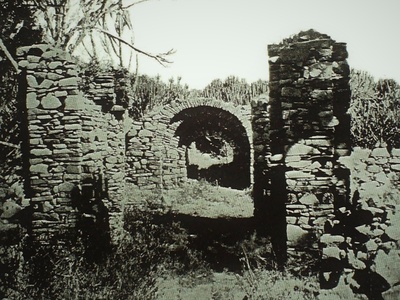
Abasa
A ruined medieval town near the Ethiopian border. The site features impressive remains of a large, well-built mosque, numerous stone houses, and defensive walls, suggesting it was a prosperous settlement during the Adal Sultanate’s peak period.
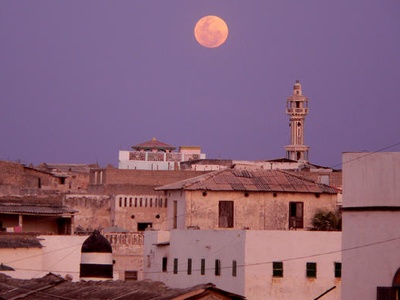
Merca
A historic port city whose old town features distinctive Arabo-Somali architecture, though many buildings are in disrepair. It was a key center for the Bimaal Sultanate and part of the vibrant southern Somali coastal culture.

Avaale
A large ruined town with several well-preserved standing structures, including multi-roomed houses and large enclosures. It is believed to have been a prosperous commercial settlement during the Adal Sultanate, part of a network of towns in the Sanaag region.
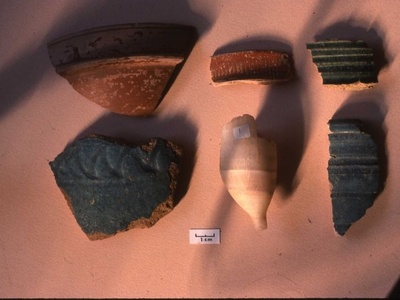
Heis (Xiis)
An ancient port town often identified with the trading post of Mundus from the “Periplus of the Erythraean Sea.” Archaeological surveys have found Roman-era pottery and glass, confirming its role in ancient global trade routes.

Damo
Believed to be the “Market and Cape of Spices” mentioned in the “Periplus of the Erythraean Sea.” It was a major center for the cinnamon and spice trade in antiquity. Archaeological remains exist but require further professional excavation.

Fardaxaad
A significant archaeological site containing the ruins of a medieval city. It is notable for its large central mosque, which features a remarkably intact mihrab (prayer niche), showcasing the sophisticated architecture of the era.

Botiala
A historic seasonal settlement featuring a large, imposing citadel overlooking the sea. This fortress served as a key defensive outpost for the Majeerteen Sultanate and remains a prominent landmark on the Puntland coast.
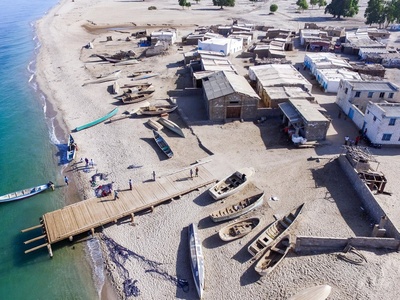
Maydh
An ancient port town whose history stretches back millennia. The area is famous for the tomb of Sheikh Isaaq, the forefather of the Isaaq clan, and is surrounded by older ruins, indicating a long history of settlement and maritime trade.

Shanghai Old City (Hamar Weyne)
A historic quarter in Mogadishu featuring narrow alleys and ancient coral stone buildings. It represents the heart of medieval Mogadishu, a powerful Swahili trading city. Many buildings are damaged but the area retains its historic character.
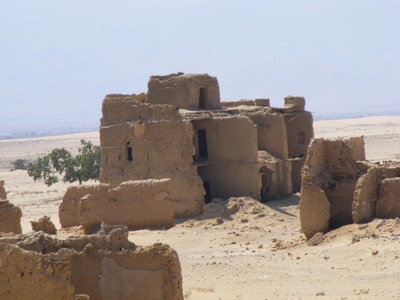
Las Khorey
The historic capital of the Warsangali Sultanate. The town contains the former Sultan’s palace, a fortress, and other ruins that represent a significant period of Somali history and maritime power in the northern regions.

Wargaade Wall
The remains of a massive ancient defensive wall stretching for many kilometers. Believed to have been built by the Ajuuraan Sultanate to protect inland agricultural communities, it represents a major feat of medieval engineering in the Horn of Africa.

Jilib Rihin
A series of rock shelters containing prehistoric paintings similar in style and age to those at Laas Geel. The art depicts long-horned cattle, antelopes, and human figures, providing insight into the region’s ancient pastoralist cultures.

Dardah (Daradax)
The ruins of a large, walled medieval town, part of the extensive cluster of archaeological sites in the Sanaag region. It features the well-defined remains of stone houses and a central mosque, indicating a well-organized community.

Dhaymoole
A notable archaeological site known for its ancient stelae (standing stones) and burial cairns. These megalithic structures point to prehistoric mortuary practices and social organization in the Horn of Africa, predating the region’s medieval cities.

Hannassa
A ruined Swahili-style stone town near the Kenyan border. The site features the remains of stone houses, pillar tombs, and a mosque, representing the southern extension of the Somali Swahili coastal culture.

Elafo
A deserted medieval town featuring the ruins of numerous stone houses, large enclosures, and a prominent central mosque. The site is a prime example of the inland trading towns that supported the coastal sultanates of northern Somalia.

Quracbil
An archaeological site with the ruins of a large settlement. It is notable for its many structures with intact standing walls and distinctive architectural features, adding to the picture of a thriving medieval civilization in northern Somalia.

Nimmo
A ruined medieval settlement located just south of Mogadishu on the coast. The site consists of abandoned stone houses and a mosque, typical of the Swahili coastal settlements that once dotted the southern Somali coastline.

Masagaweyn
The ruins of an inland town believed to have been an administrative or trading center of the powerful Ajuuraan Sultanate. The remains of stone buildings and a large well indicate a significant historical settlement away from the coast.

Galweita
A ruined medieval town characterized by its drystone architecture. It is part of the cluster of archaeological sites in the historic “Land of the Berbers” that flourished during the medieval period under various Somali sultanates.
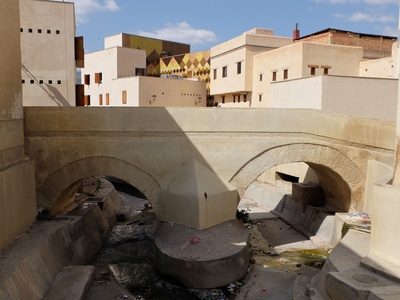
Mudun
Another of the extensive medieval ruins in the Sanaag region, Mudun showcases the remains of a substantial stone-built town. Its architecture and layout are similar to nearby sites like Maduna, suggesting a shared cultural and economic network.

Dhaqa Kibir
Meaning “stone of the arrogant,” this site is a complex of ruins featuring large, well-built stone structures. Local legend associates it with a powerful ancient queen, and it is part of the dense cluster of medieval sites in the Sanaag region.

